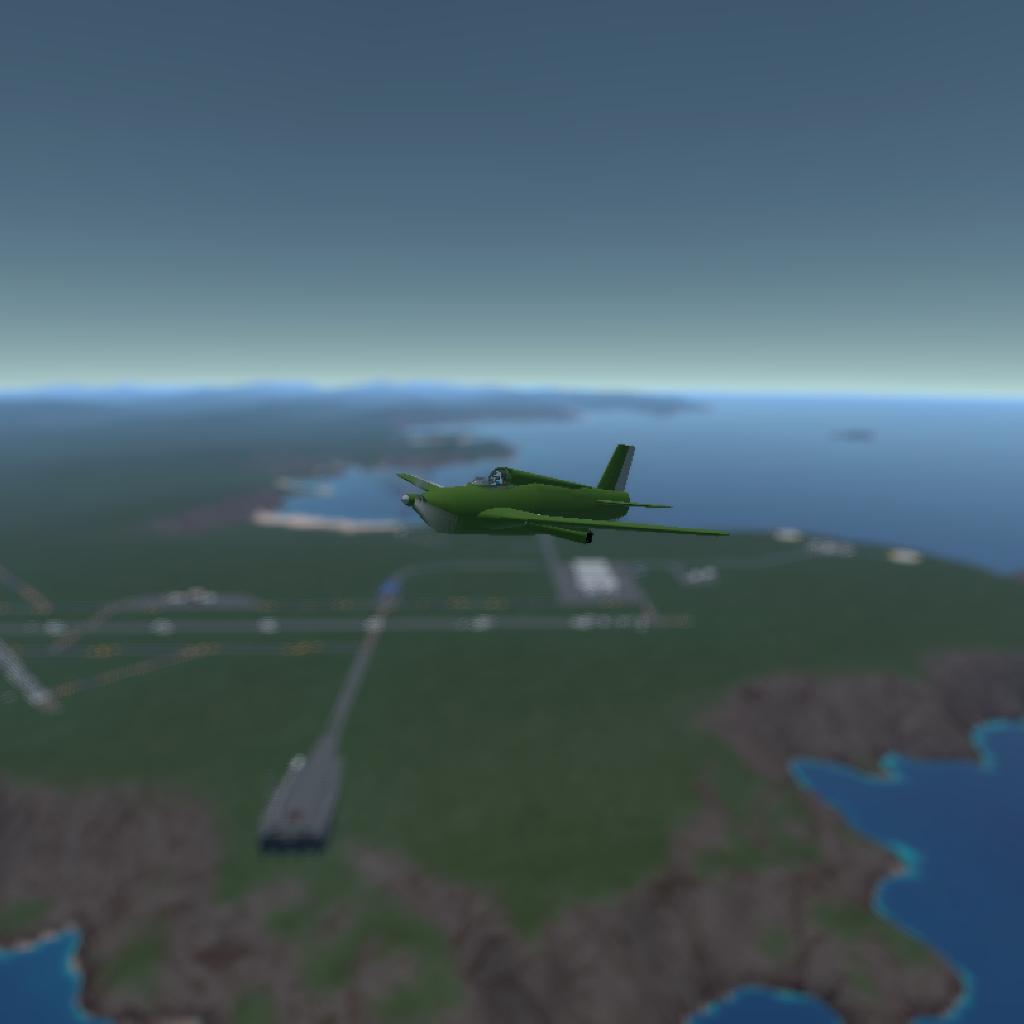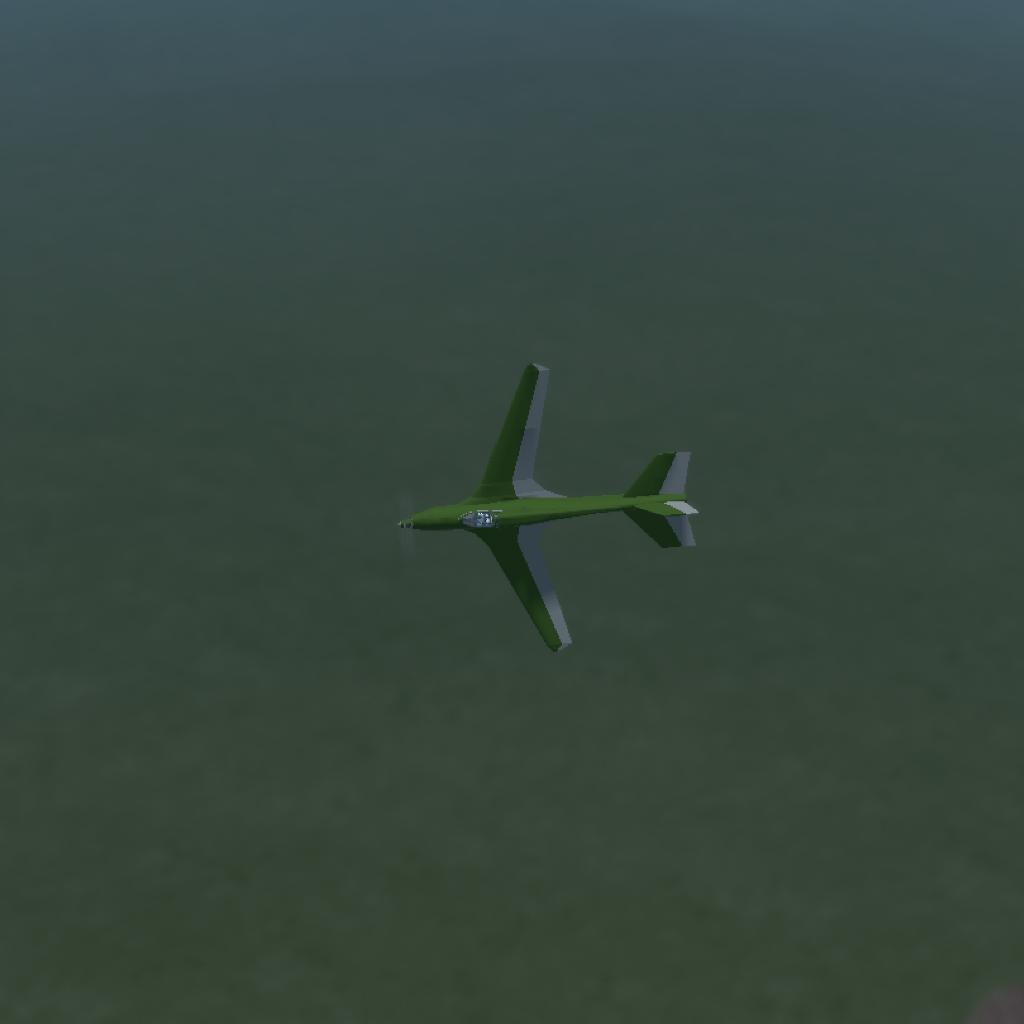Origins of the XPF-30: A WWII Experimental Interceptor
Background and Development
In the final years of World War II, the Hurbanian Royal Air Force (H.R.A.F.) found itself facing a formidable new threat from the Hiranese Air Defense (H.A.D.). The Hiranese had developed the GA-7, an almost supersonic night fighter equipped with a push-propeller configuration. To counter this advanced aircraft, the H.R.A.F. initiated a top-secret project in early 1944, leading to the creation of the XPF-30.
Design and Engineering
Swept Wings: In a significant departure from conventional designs, the XPF-30 featured swept wings. This design, influenced by cutting-edge aerodynamic research, aimed to reduce drag and improve performance at high speeds. The wings were swept back at a 30-degree angle, providing enhanced stability and control at transonic speeds.
Powerful Inline Engine: The XPF-30 was powered by an advanced inline engine, the HRA V-24 Cyclone. This 24-cylinder, liquid-cooled engine was capable of producing 3,500 horsepower. Paired with a large, four-blade propeller, the engine provided exceptional thrust, enabling the XPF-30 to achieve high speeds and rapid climb rates.
Airframe: The aircraft's airframe was crafted from lightweight, high-strength aluminum alloys, combining durability with reduced weight. The fuselage was designed for minimal aerodynamic resistance, featuring a streamlined shape and a bubble canopy for enhanced pilot visibility.
Armament: The XPF-30 was equipped with a heavy armament designed to neutralize the GA-7. It boasted four 20mm Hispano cannons mounted in the wings and two additional 20mm cannons in the nose. This formidable firepower ensured that the XPF-30 could deliver devastating blows to enemy aircraft.
Testing and Challenges
Prototype testing for the XPF-30 began in late 1944. Test pilots were impressed with the aircraft's speed and agility, noting its advanced design and handling characteristics. However, several challenges emerged:
Engine Overheating: The powerful inline engine, while providing excellent performance, suffered from overheating issues, particularly during prolonged high-speed operations.
Aerodynamic Stability: The swept-wing design introduced new aerodynamic challenges, particularly at high speeds where control surfaces needed further refinement.
Production Complexity: The sophisticated technology and materials required for the XPF-30 led to production difficulties, resulting in limited prototype availability by mid-1945.
Operational Use and Legacy
Despite these challenges, the H.R.A.F. deployed the XPF-30 in limited numbers to counter the Hiranese GA-7 night fighters. The aircraft saw action in the closing months of the war, primarily in defensive night operations. Its high speed and powerful armament made it a formidable opponent, successfully engaging several GA-7s and contributing to the defense of Hurbanian airspace.
Post-war, the XPF-30 program provided invaluable insights into advanced aerodynamics and high-performance engines. These lessons were instrumental in the development of post-war jet aircraft, influencing designs such as the early Cold War fighters. The XPF-30's legacy is a testament to the rapid technological advancements spurred by the exigencies of wartime innovation.
Conclusion
The XPF-30 stands as a remarkable achievement in aviation history. Developed by the Hurbanian Royal Air Force to counter the advanced Hiranese GA-7 night fighter, it pushed the boundaries of aircraft design and performance. Although it arrived too late to significantly impact the outcome of World War II, its innovations paved the way for future advancements in military aviation, underscoring the relentless pursuit of technological superiority during a critical period in history.







